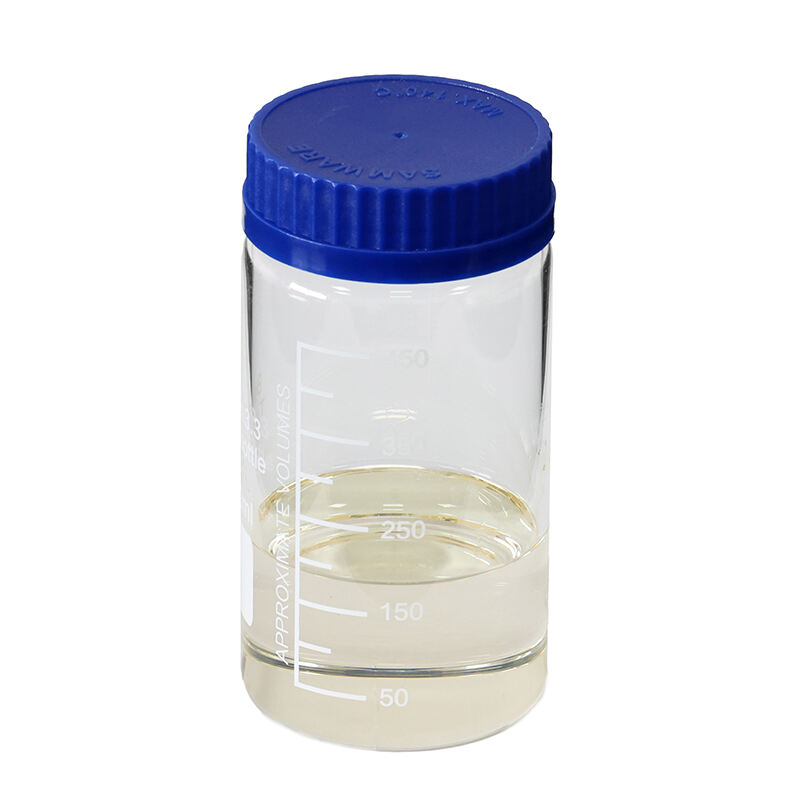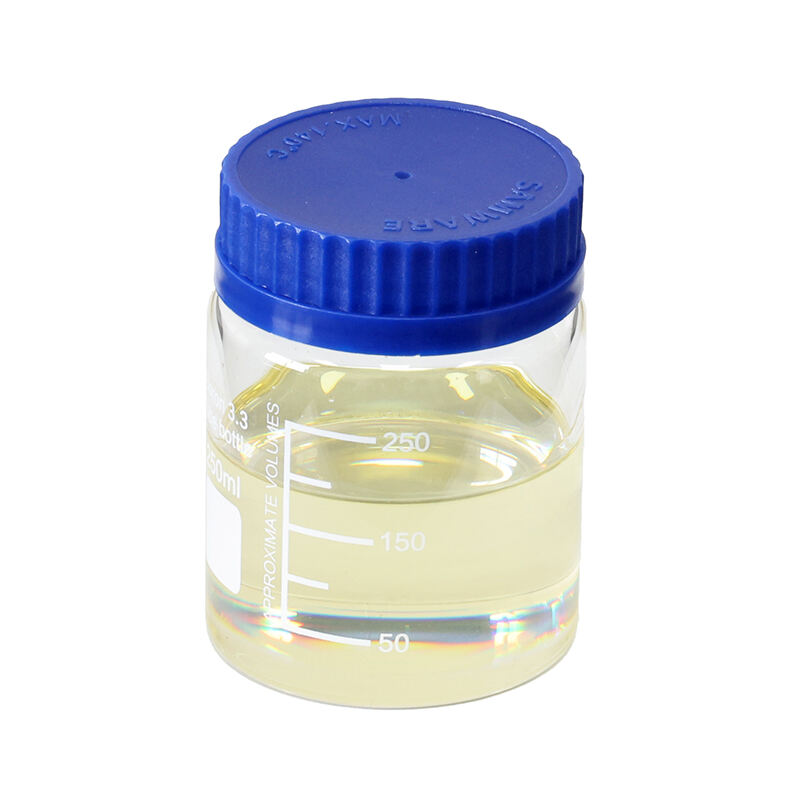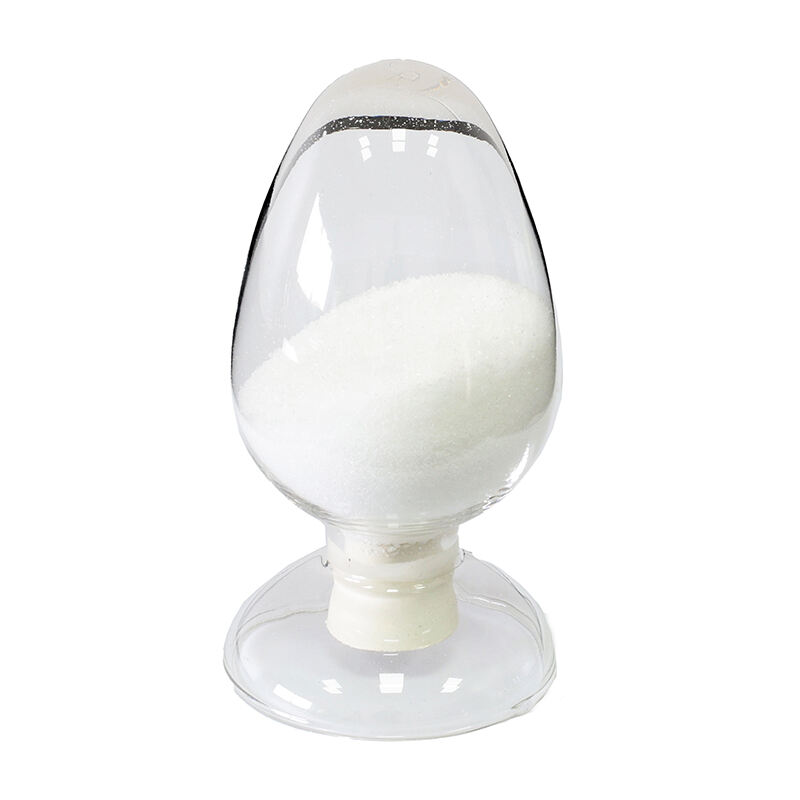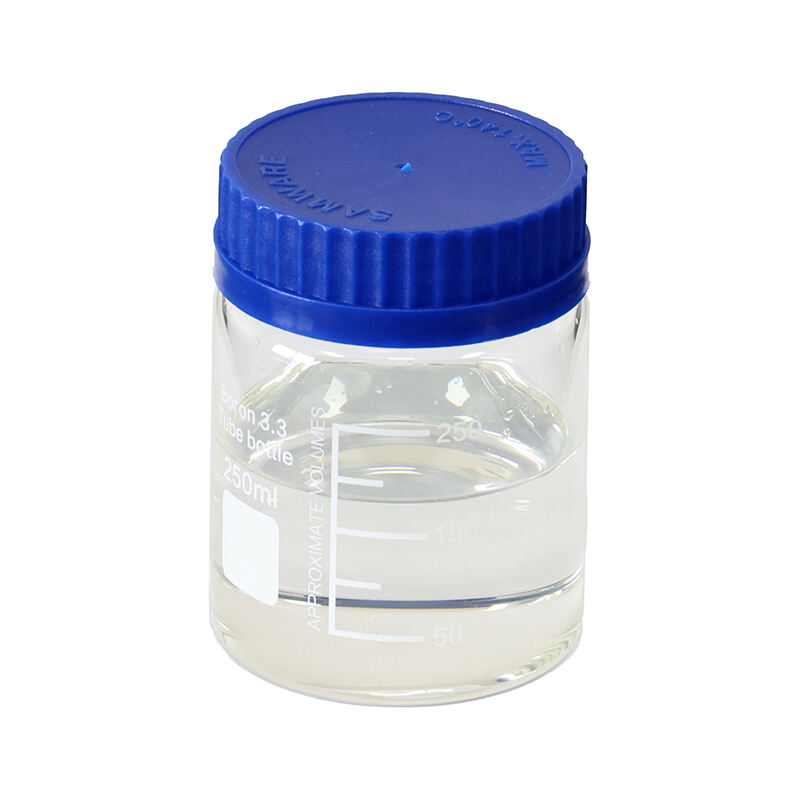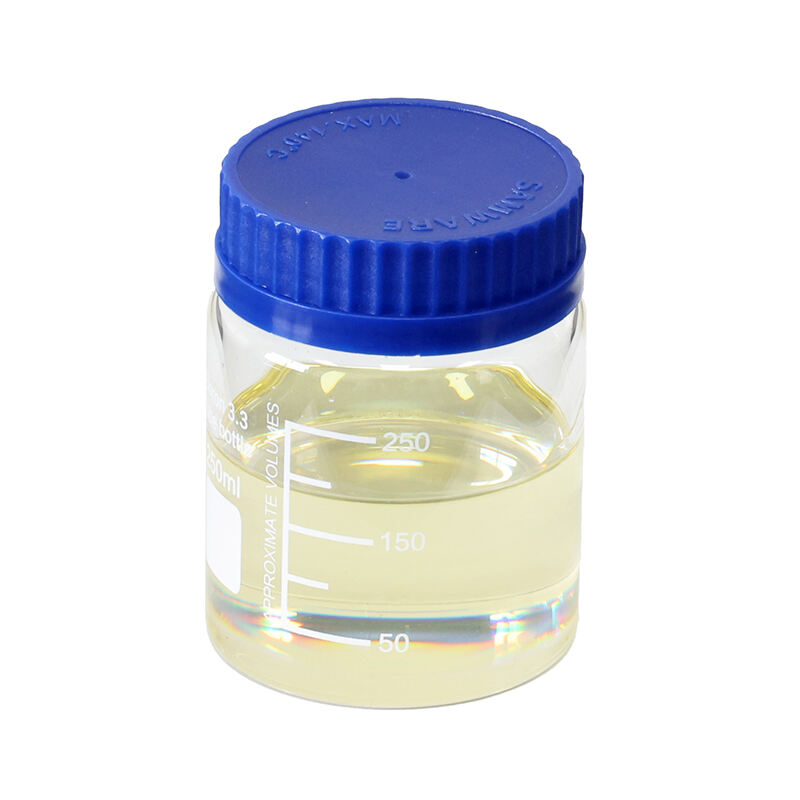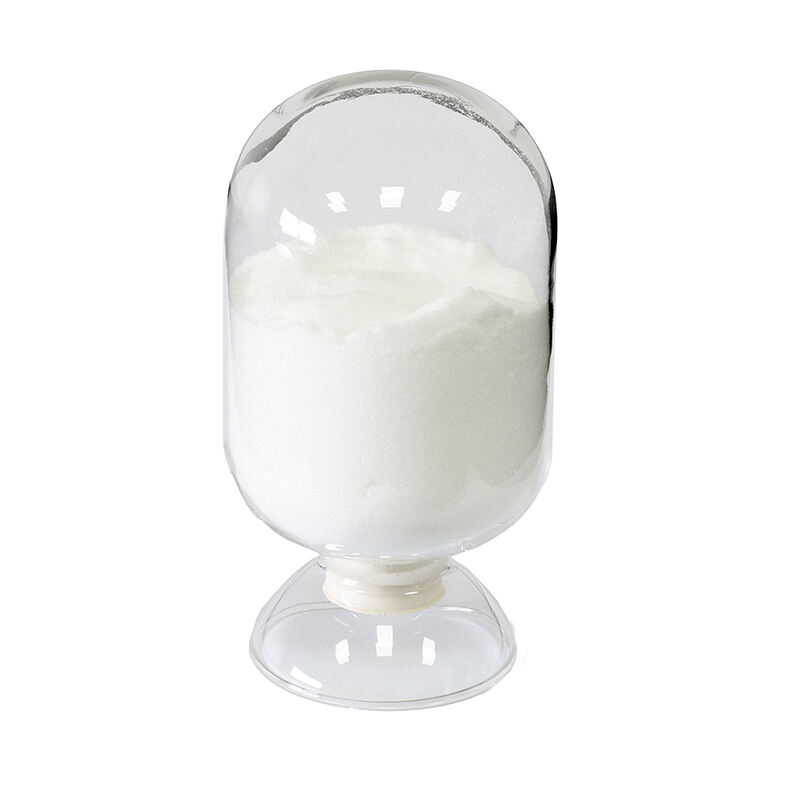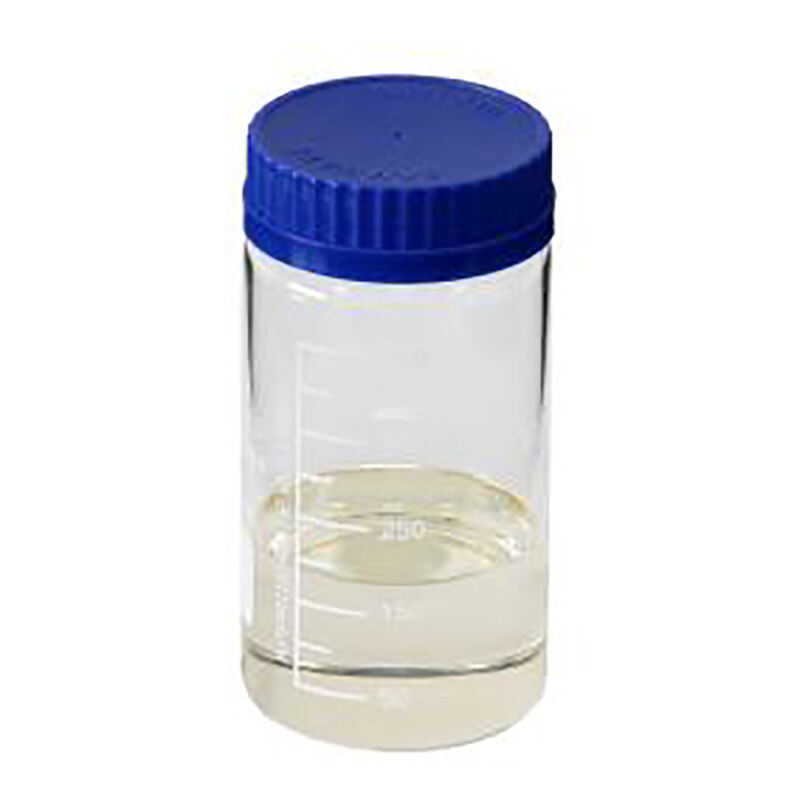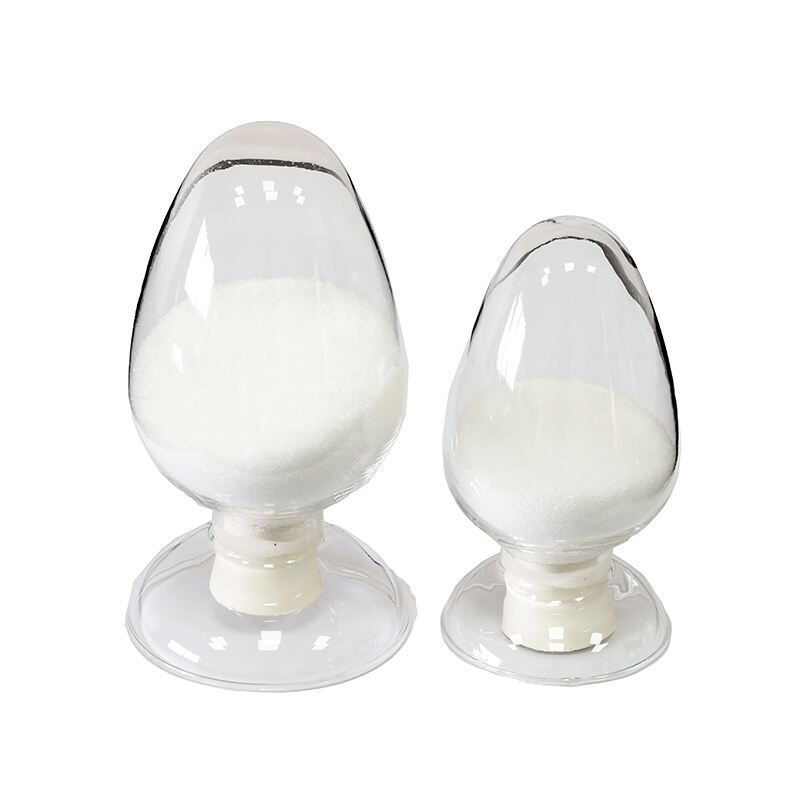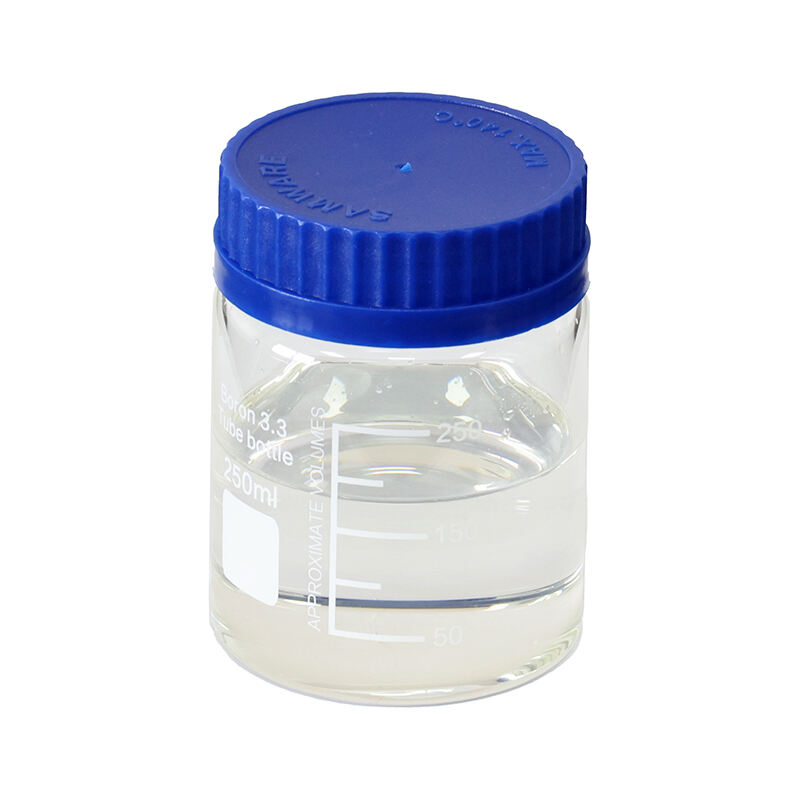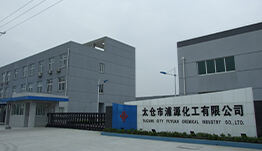브로노폴 (BNP) 살균제 결shit: 원인 및 해결책
1. 케이크화 형성의 이론적 원인
1.1結晶교량이론
브로노폴(Bronopol, BNP)에서의 케이크화 형성은 결정교량이론에 의해 설명됩니다. 이 이론은 브로노폴 결정의 고유 특성(결정 구조, 화학적 조성, 입자 크기)과 환경적 요인(온도, 습도, 압력, 불순물) 때문에 브로노폴 결정 표면이 용해되고 재결정화되는 과정을 겪게 되며, 이는 입자 간 접촉점에서의 결정교량 형성을 초래하여 케이크화를 일으킨다고 가정합니다.
1.2 모세관 흡수 이론
미세한 브로노폴(Bronopol, BNP) 입자 사이에서 모세관 흡수 현상이 발생하면 수증기가 입자 사이로 확산되어 습윤이 발생하고 결국 케이크화로 이어질 수 있습니다. 이 현상은 특히 습도가 높은 환경에서 더욱 중요하게 작용합니다.
1.3 가소적 변형 이론
완전히 냉각되지 않은 브로노폴(BNP) 입자의 잔열이 중심에서 외부로 전달되어 고밀도 축적 압력 하에서 입자 간 접촉 면적을 증가시킵니다. 이는 분자 간 인력을 강화하여 표면 용해를 일으키고 결정 다리 형성을 촉진하며, 이를 통해 덩어리화가 촉진됩니다.
덩어리화에 영향을 미치는 요인들
입자 크기와 균일성
더 작은 브로노폴(BNP) 입자는 더 낮은 압축 저항을 보여 덩어리화에 더 취약합니다. 따라서 이러한 문제를 줄이기 위해 생산 공정에서는 더 크고 균일한 결정 입자를 생성하는 것을 목표로 해야 합니다.
흡습성과 수용해도
브로노폴(BNP) 입자 사이의 모세관 흡수는 물 분자가 존재할 때 덩어리화 가능성을 증가시킵니다. 낮은 온도는 결정의 습기 흡수를 줄이고, 높은 온도는 결정 침전 및 다리 형성을 촉진합니다. 따라서 브로노폴(BNP)은 덩어리화를 최소화하기 위해 서늘하고 건조한 상태에서 보관해야 합니다.
2.3 압력과 시간
포장 및 쌓기 과정에서 증가된 압력은 입자 간 접촉을 더 밀접하게 만들어 플라스틱 변형과 결속 경향을 강화시킵니다. 이를 방지하기 위해 보관 및 운송 과정에서 과도한 쌓기와 장기간의 보관을 피해야 합니다.
3. 해결책
3.1 공정 매개변수 최적화
입자 균일성을 유지하고 웨이퍼, 분말, 그리고 바늘 결정 형성을 피하기 위해 브로노폴(BNP)의結晶화 과정을 철저히 관리해야 합니다. 불순물과 수분 함량은 최소화되어야 하며, 건조 중 점진적인 냉각 과정을 통해 포장 전에 적절히 냉각되도록 해야 합니다.
3.2 환경 영향 완화
온도와 습도 같은 환경 요인들은 건조 및 포장 단계에 큰 영향을 미칩니다. 계절적 및 기후 관련 변화를 고려하여 생산, 포장 및 보관 전반에 걸쳐 일관되고 건조한 상태를 유지해야 합니다.
3.3 과학적인 보관 방법
덩어리 형성을 방지하기 위해 환기 및 제습과 같은 조치를 통해 보관 조건을 최적화해야 합니다. 층고를 제한하면 압축으로 인한 응집이 줄어들어 안정적이고 통제된 환경을 유지할 수 있습니다.
4. 결론
요약하자면, Bronopol (BNP)의 덩어리 형성에는 입자 크기, 강도, 수분 함량, 포장 온도, 적재 높이 및 보관 조건 등 여러 요인이 기여합니다. 입자 균일성 향상, 안정적인 생산 환경, 개선된 포장 및 보관 방법 또는 결합 방지제 사용 등을 통해 이러한 문제를 해결하면 덩어리 형성을 효과적으로 완화할 수 있습니다.
Puyuan Pharm의 연구개발 팀은 다양한 용도를 위해 산업용 브로민올을 기반으로 12종의 특수화된 브로노폴(BNP)을 개발했습니다. 고급結晶화, 정제, 정련, 세척, 건조, 정지 및 자유형 포름알데히드 제어를 통해 이러한 제품들은 더 높은 순도 수준을 달성합니다. 이들은 우수한 살균, 소독, 방부, 그리고 조류 제거 효과를 보여주며, 솜털처럼 가볍고 결집에 강하며 안정적인 살균 효능을 유지합니다. 또한 자유형 포름알데히드에 대한 엄격한 통제는 환경과 제품의 안전성을 보장합니다.
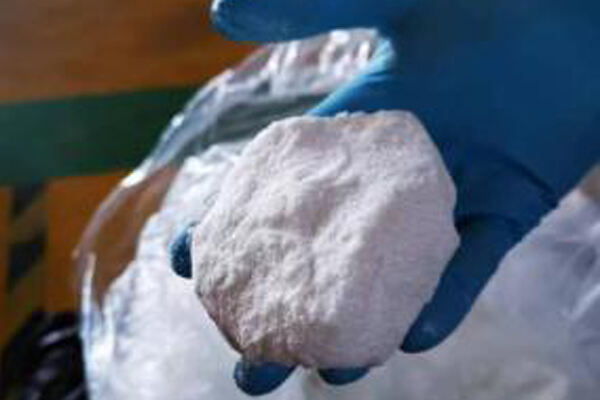

 EN
EN
 NL
NL
 FR
FR
 DE
DE
 JA
JA
 KO
KO
 PT
PT
 RU
RU
 ES
ES
 ID
ID
 VI
VI
 TH
TH
 MS
MS
 TR
TR
 AR
AR

